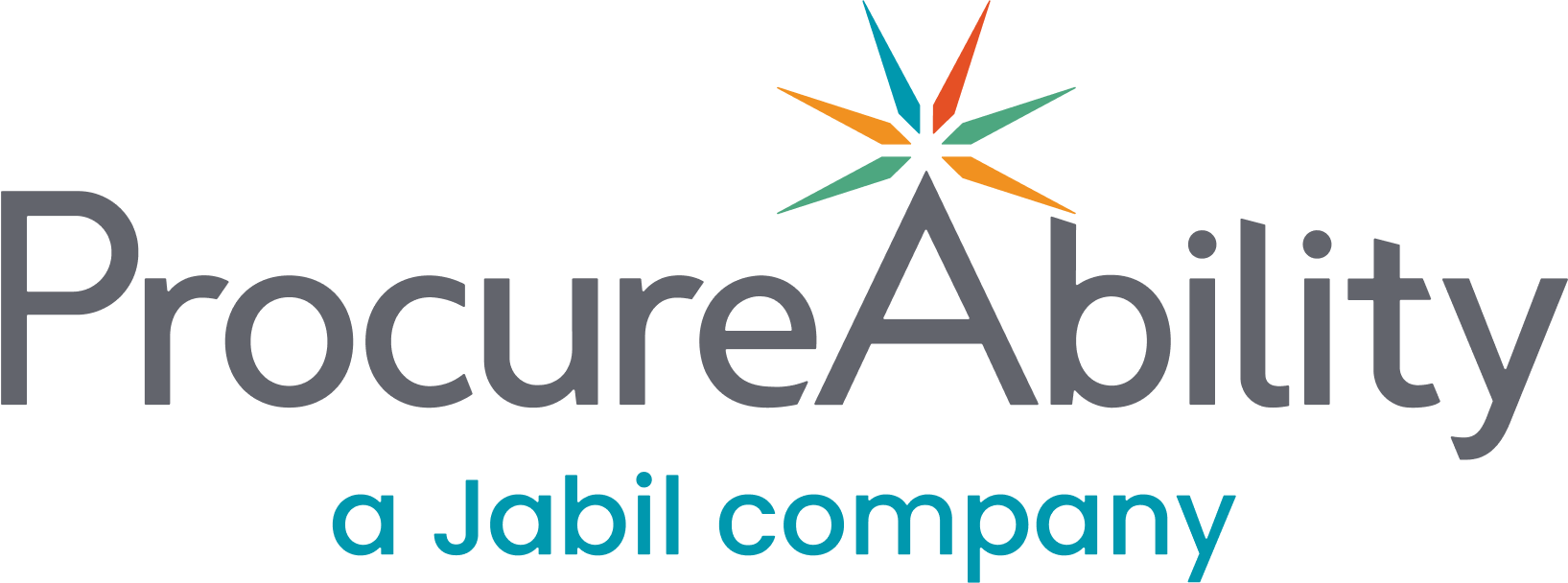
In today’s world of “Big Data,” many procurement organizations struggle to incorporate data into their decision-making. The success of a well-defined procurement strategy may be undermined by a lack of data, or a lack of the right data, presented in a way that supports strategic planning and decision-making.
Most organizations collect data on some level but fail to recognize the data as a valuable asset. A robust collection effort in a data-driven culture could reveal cost-savings insights, drivers to purchasing decisions, and assist in supplier risk management. Ultimately, the collection effort could direct the success of an organization’s procurement strategy. The good news is there are specific steps you can take to improve the quality and usefulness of your data.
Three principles of data collection that drive successful strategies are:
- Standardization: Common processes and categorizations across multiples sources
- Accessibility: The ease with which data can be viewed, manipulated and analyzed
- Necessity: Choosing data that is relevant to the analysis needed
Standardization
“One would not compare apples to oranges”
Standard processes ensure the integrity and quality of the data. Data collection methodologies should be clearly defined across the entire organization. Classifications such as category codes and taxonomies should also be clearly defined for the organization. A common defined taxonomy also allows the reuse of data and eliminates redundancy for analysis. Standard processes and categorizations allow consistency among multiple data sources, encourage data sharing and ultimately help deliver more accurate insights.
Accessibility
A database where data is readily accessible and digestible encourages a culture where the information collected drives decisions and changes. A central and transparent repository enables decision-makers to focus on the critical data to quickly make better decisions and to implement change. Companies can begin to foster a data-driven culture by providing access to, and training for analytics tools; thus empowering employees with a basic knowledge of data manipulation and analysis. Central storage serving multiple business units will make it easier for stakeholders to find the right information. Access controls can also be implemented to limit access, if needed, for sensitive data. Organizations can benefit from a culture of analytic literacy and data-driven decision making that results from accessibility.
Necessity
Choosing the right data will ensure that investment and resources will be used efficiently to drive the procurement strategy. The investment in data collection is of little value if the data is not used as intended. The assumption that “more data = more information” is common across organizations. A clear understanding of the organization’s goals will provide an idea of what data is necessary. Companies should also prepare to be flexible in the data collected to meet the changing objectives of a procurement strategy. For example, given the number of standard procurement metrics, most companies will choose to track a few key performance indicators (KPIs) that are relevant to their business and to provide the insights that are most aligned to their strategic objectives. As those objectives change, the metrics (and underlying data) may need to change as well.
Application of these principles to a data collection plan can help drive the success of your procurement strategy while building a data-driven culture.
Subscribe to ProcureAbility Insights to access whitepapers, presentations, plus our latest thought leadership.



